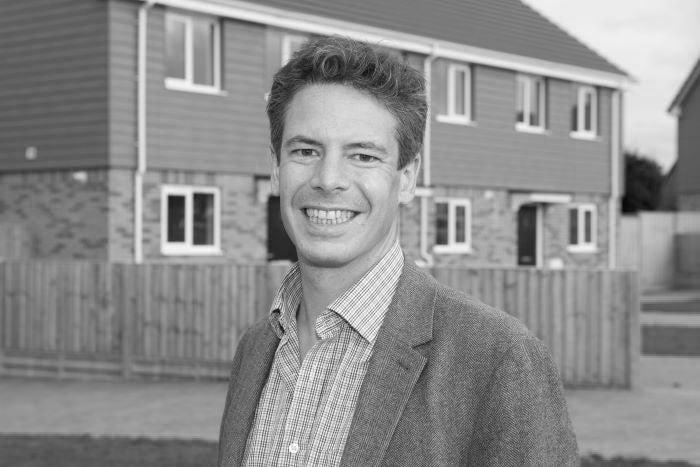
To address homelessness, we must include LGBTQ+ experiences
By Charles Pitt, Corporate Affairs Director
First published in Inside Housing
Seventy-seven per cent of LGBTQ+ youth believe that coming out at home was the main cause of their homelessness.
The statistics are stark: 24% of young people facing homelessness in the UK identify as LGBTQ+. According to national LGBTQ+ youth homelessness charity AKT, 77% of LGBTQ+ young people believe that coming out at home was the main factor in causing their homelessness.
There was an 118% spike in new referrals to AKT during the first lockdown, most of them for this reason. Problems at home could be a cause of homelessness for anyone, but it is far more likely for LGBTQ+ young people.
Homeless LGBTQ+ young people are more vulnerable and more likely to face violence and discrimination. They are also disproportionately affected by substance misuse issues and sexual exploitation.
AKT provides direct support, offering practical help to LGBTQ+ young people and helping them find somewhere safe to stay. In London, the charity’s Purple Door safe house provides the UK’s first emergency accommodation for LGBTQ+ people.
But it rightly campaigns to improve prevention – early action that will help a young person before they find themselves living on the streets or vulnerably housed.
Acting fast limits the damage that homelessness can do. It also reduces the very high costs that homelessness incurs on local authorities and other services.
Recently, AKT has lobbied the government to consider LGBTQ+ young people in official guidance and to do more to help prevent LGBTQ+ youth homelessness. This lobbying is paying off – the specific challenges that homeless LGBTQ+ young people face were raised in last month’s debate on homelessness in the House of Commons.
The charity is now embarking on the early stages of a campaign to secure mandatory monitoring of sexual orientation and gender identity within housing and homelessness services in law. This is to ensure we have a clearer picture of how many homeless people are LGBTQ+, to leverage the necessary funding and planning to support them.
LGBTQ+ young people don’t stop facing housing challenges in later life. Stonewall Housing estimates that around a third of the homeless population in urban areas are LGBTQ+.
Trans people are disproportionately affected – one in four trans people have experienced homelessness at some point.
LGBTQ+ people are also more likely to have housing challenges as they get older. The assumption that most service users are non-LGBTQ+ means that access to social care and other services is less tailored and exposes people to victimisation and harassment.
For LGBTQ+ people who are also refugees or asylum seekers, these challenges are further compounded.
Housing associations like Sovereign have a role to play. We take a psychologically informed approach. Our customers must feel safe and we know that they need time to rebuild control. We work closely with people to understand how we can use their assets and positives, building on their strengths.
This has included working with AKT to improve our own understanding of how we can remove barriers for LGBTQ+ people who need our services.
As well as the direct support we provide, Sovereign advocates policies to tackle homelessness. That includes building more homes, especially more homes for social rent, to take the pressure off the private rented sector and provide secure and safe housing for vulnerable people.
But even if the housing shortage could be addressed overnight, it would not remove the many and complex drivers of homelessness.
The government’s relative success in working with local authorities and others to house rough sleepers at the start of the first lockdown last March suggested that homelessness could be addressed if only there was the political will.
The simple truth that a safe home will vastly improve someone’s life chances doesn’t mean there is a simple answer.
The same applies to LGBTQ+ housing and homelessness. And while no individual’s housing needs can be reduced to their characteristics – gay, white, Londoner, middle-class, whatever – there are important and specific services for LGBTQ+ people, especially young people, which work.
Local and national policy needs to take account of those services and to measure the need.
One of the great achievements of LGBTQ+ campaigners over the past 50 years has been to defy prejudice and achieve equal rights under the law. But there is also a danger in calling time on a campaign once it becomes law.
Where you live is part of who you are and access to housing is one of the harshest social markers of our age.
As we strive to build on the progress we have made, access to safe, secure and stable housing for all LGBTQ+ people must be a measure of our success.

